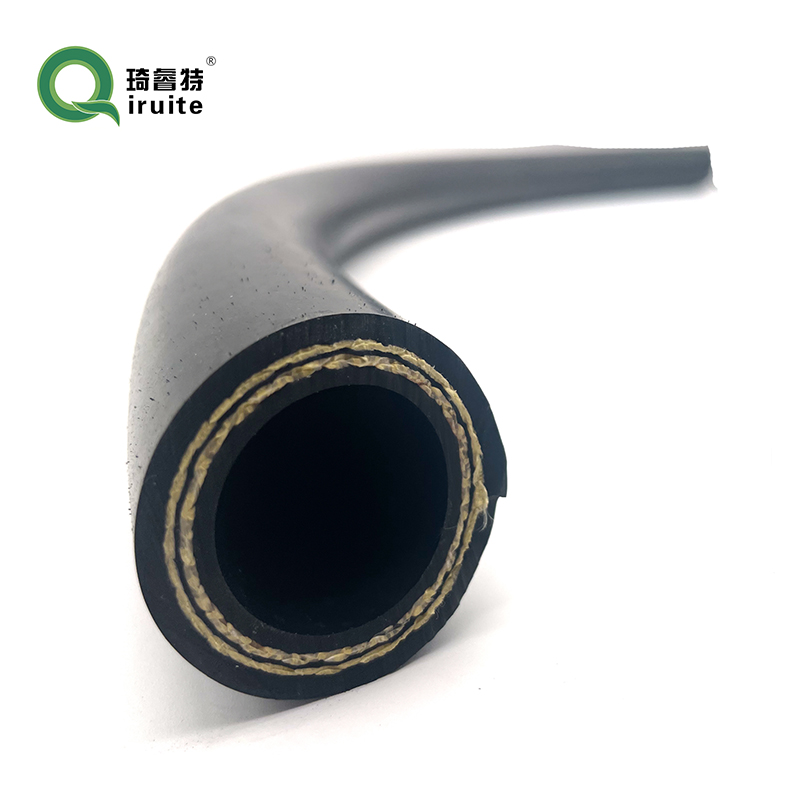Understanding the Basics of R134a Refrigerant Charging Hoses for Effective Usage
Understanding 134A Charging Hoses Essential Tools for Refrigerant Management
When it comes to maintaining air conditioning systems, especially automotive units, the 134A charging hose is an indispensable tool. This specialized hose aids in the efficient charging and recharging of R-134A refrigerant, a widely used refrigerant in both automotive and refrigeration applications. Understanding its components, functionality, and maintenance is crucial for anyone involved in HVAC or automotive repair.
What is R-134A?
R-134A, or tetrafluoroethane, is a hydrofluorocarbon (HFC) commonly utilized in various cooling systems due to its effective thermodynamic properties. Unlike its predecessor, R-12, R-134A does not significantly deplete the ozone layer, making it a more environmentally friendly option. However, with increasing regulations surrounding refrigerants, proper handling and charging techniques have become critical.
Components of a 134A Charging Hose
A typical 134A charging hose consists of several key components that collectively ensure the safe and effective transfer of refrigerant
1. Hose Material High-quality hoses are created from materials that can withstand high pressures associated with refrigerant gases. The interior lining is usually made from rubber or thermoplastic, designed to resist wear and tear over time.
2. Fittings The ends of the hoses are equipped with special fittings that connect securely to the service ports of the air conditioning system. R-134A charging hoses typically feature quick-connect couplings designed to minimize the risk of accidental disconnection during use.
3. Pressure Gauge Many charging hoses are integrated with pressure gauges, allowing technicians to easily monitor the refrigerant pressure during the charging process. This feature is crucial for ensuring the system operates within safe pressure limits, preventing potential damage.
4. Valve Configuration The valves on a charging hose control the flow of refrigerants. These valves ensure that the refrigerant can be added or removed from the system with precision.
How to Use a 134A Charging Hose
134a charging hose

Using a 134A charging hose is a straightforward process, but requires attention to detail to ensure safety and effectiveness
1. Preparation Begin by ensuring the AC unit is turned off. Locate and identify the low-pressure service port, which is typically found on the larger diameter line in the AC system.
2. Connecting the Hose Attach the hose’s quick-connect fitting to the low-pressure service port. Make sure the connection is secure to prevent any refrigerant leakage.
3. Checking Pressure If the hose is equipped with a gauge, check the current pressure of the refrigerant in the system. This will help in determining the amount of refrigerant needed.
4. Charging the System Open the service valve on the hose to allow refrigerant into the system. Monitor the pressure gauge while charging to avoid overcharging, which can lead to efficiency losses or even damage to the AC unit.
5. Finishing Up Once the required amount of refrigerant has been added, securely close the valve, disconnect the hose, and ensure there are no leaks at the connection point.
Maintenance and Safety Tips
To prolong the life of your 134A charging hose and ensure safe operation, consider the following tips
- Regularly inspect the hose for signs of wear, cracking, or damage. A compromised hose can lead to hazardous refrigerant leaks. - Store hoses in a cool, dry place to prevent degradation from exposure to UV light and extreme temperatures. - Always wear protective gear, such as gloves and goggles, when working with refrigerants to protect against spills and accidental contact.
In conclusion, the 134A charging hose is a fundamental tool for anyone working with refrigeration systems. By understanding its components and following best practices for usage and maintenance, both professionals and DIY enthusiasts can ensure efficient and safe refrigerant management in their air conditioning systems.
-
Ultimate Spiral Protection for Hoses & CablesNewsJun.26,2025
-
The Ultimate Quick-Connect Solutions for Every NeedNewsJun.26,2025
-
SAE J1401 Brake Hose: Reliable Choice for Safe BrakingNewsJun.26,2025
-
Reliable J2064 A/C Hoses for Real-World Cooling NeedsNewsJun.26,2025
-
Heavy-Duty Sewer Jetting Hoses Built to LastNewsJun.26,2025
-
Fix Power Steering Tube Leaks Fast – Durable & Affordable SolutionNewsJun.26,2025

